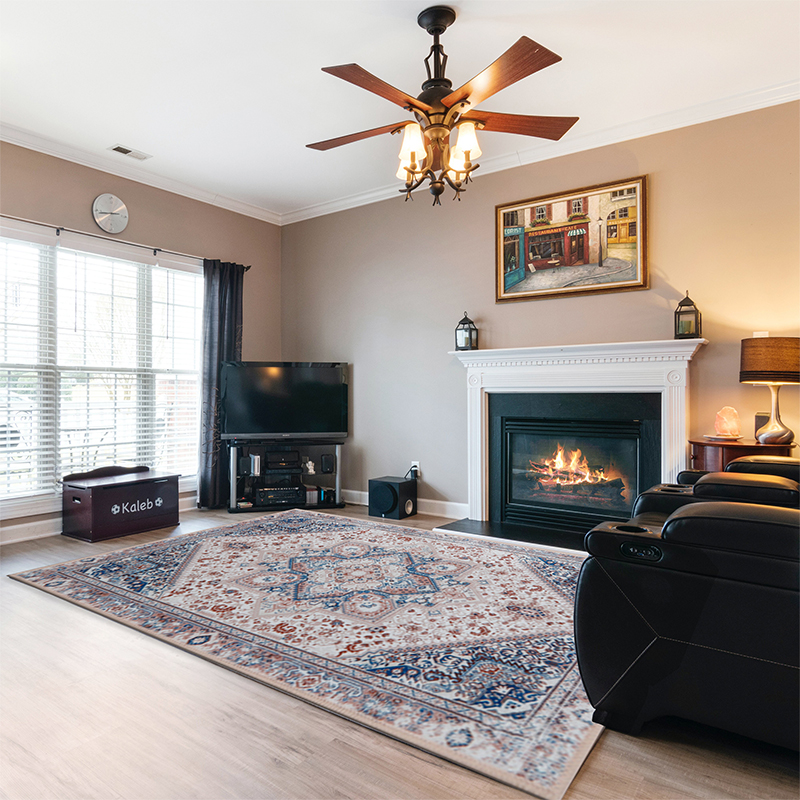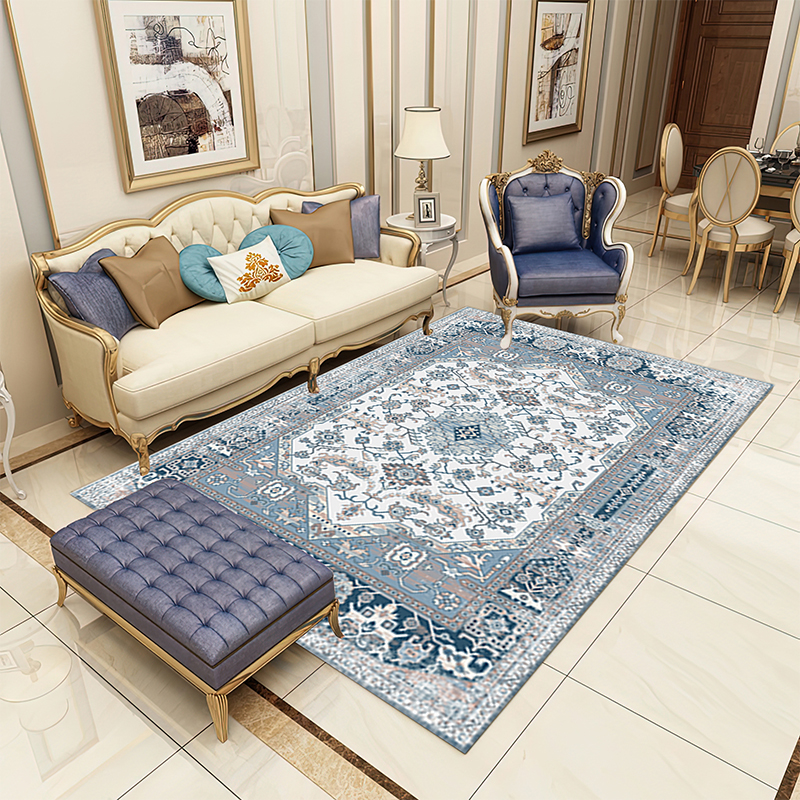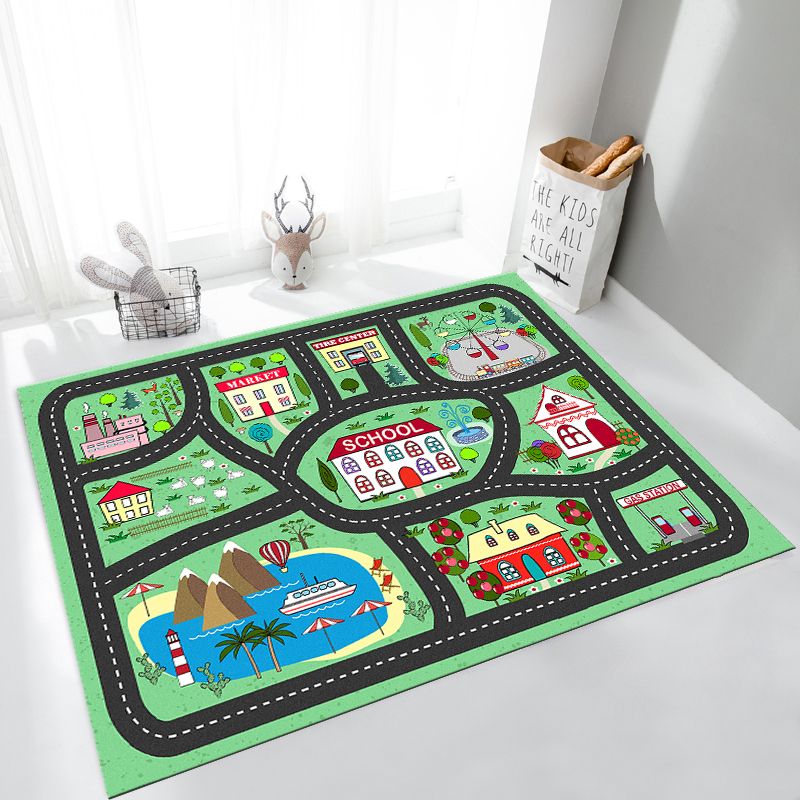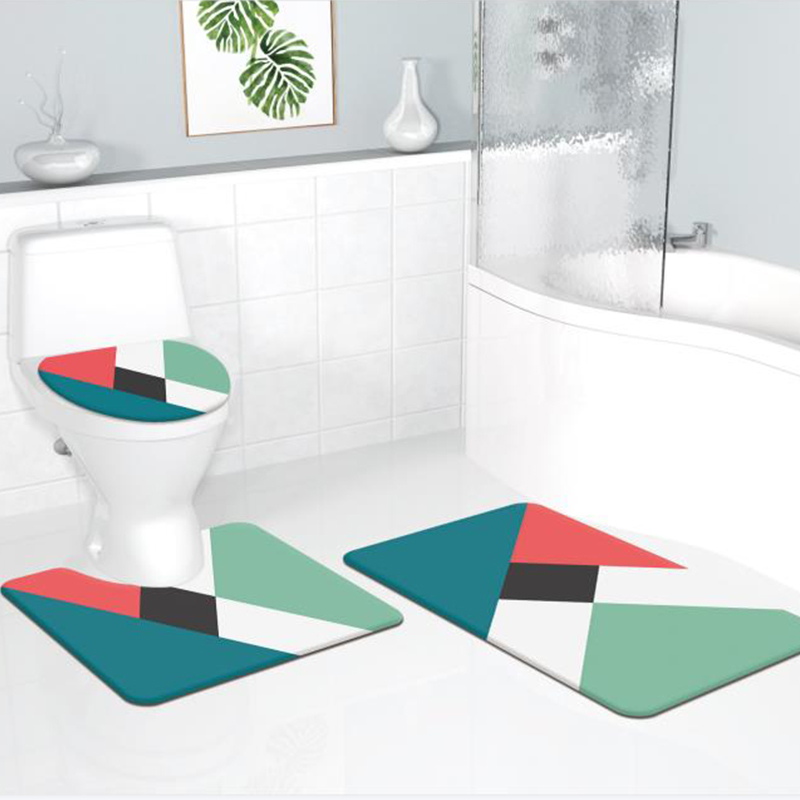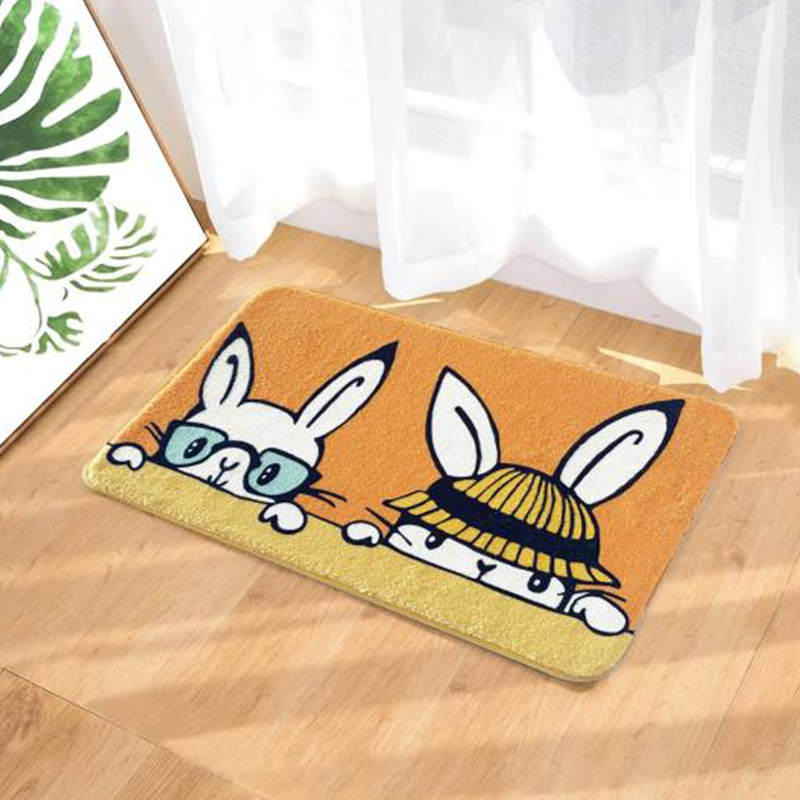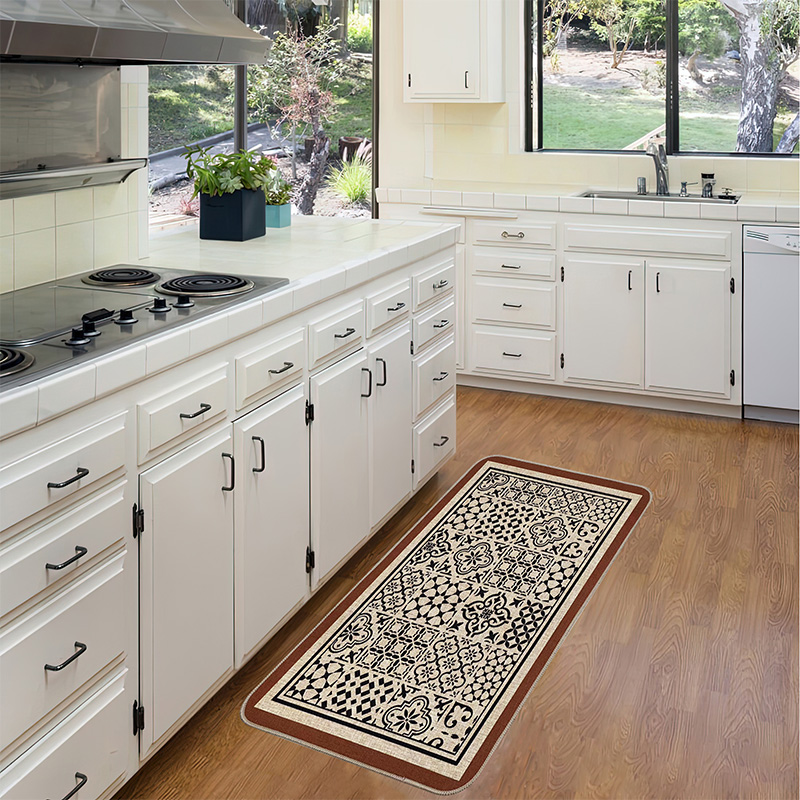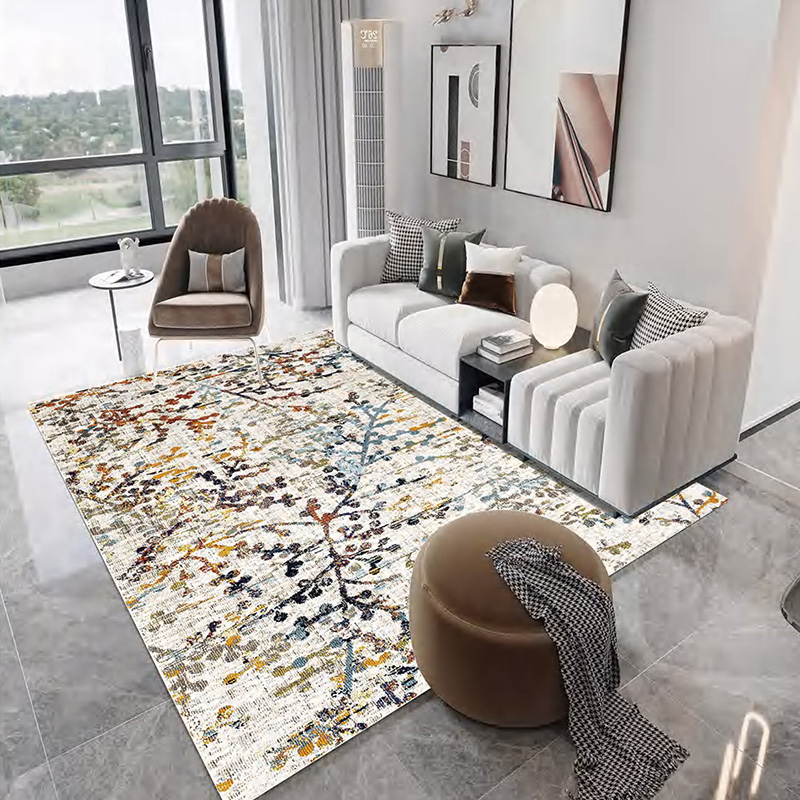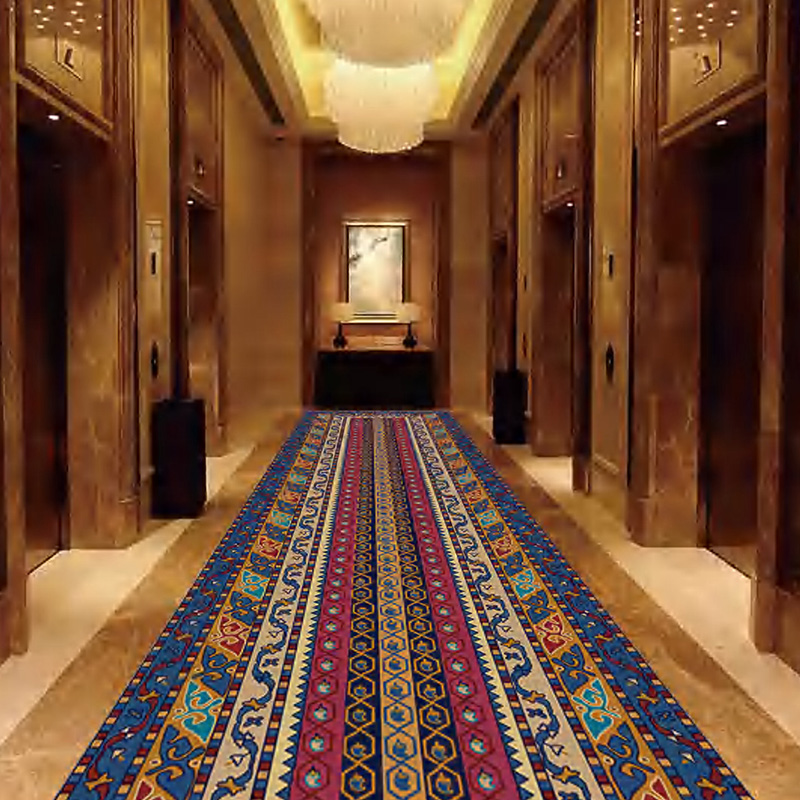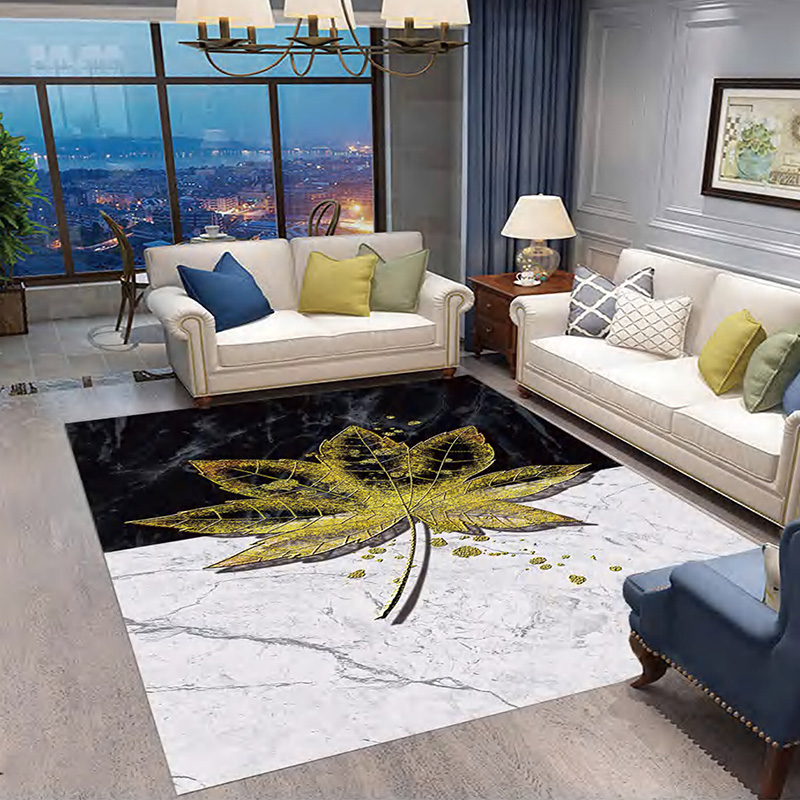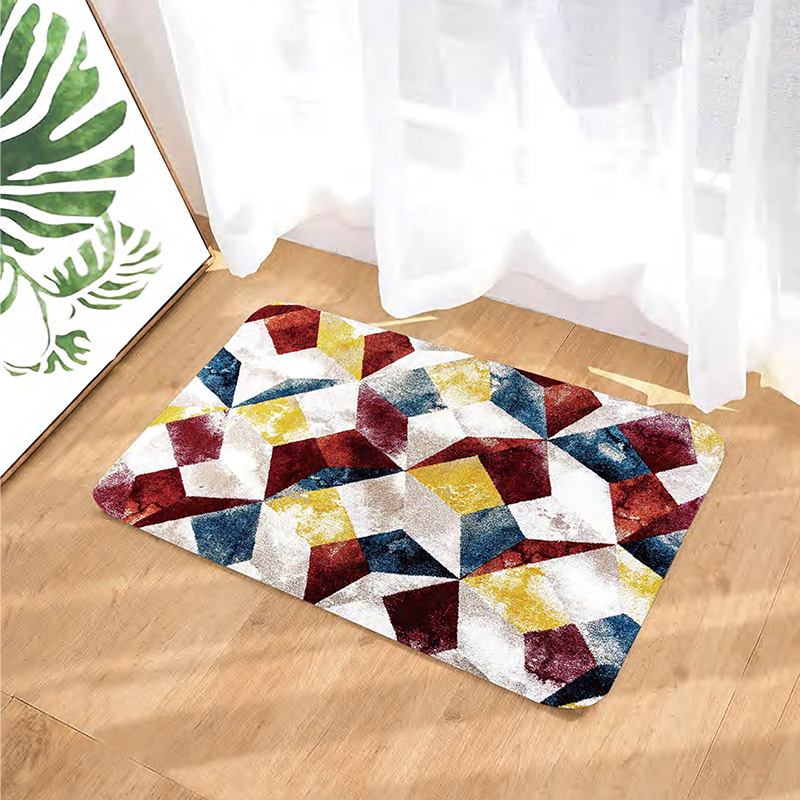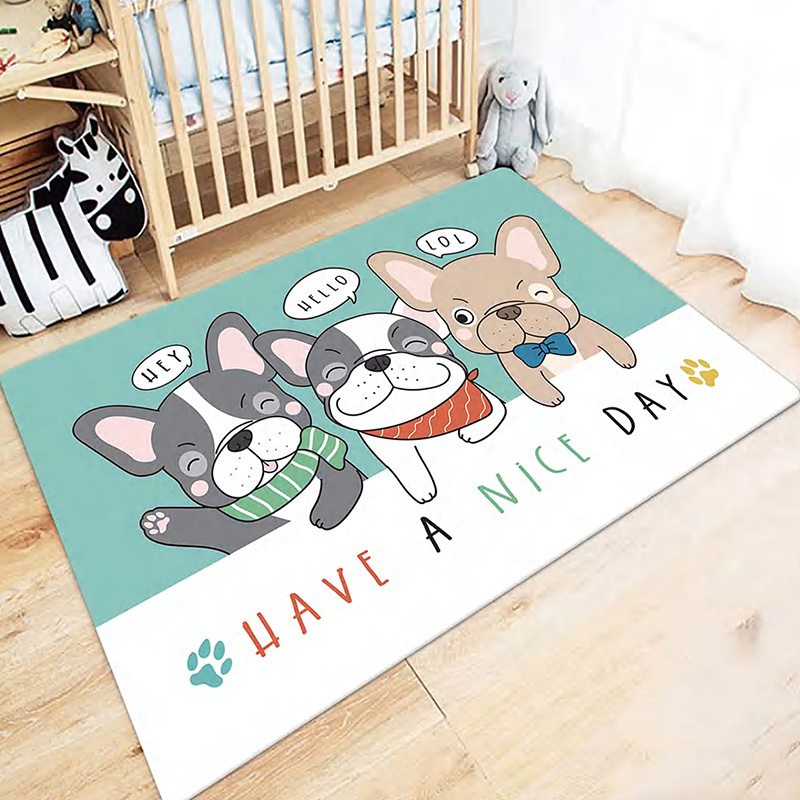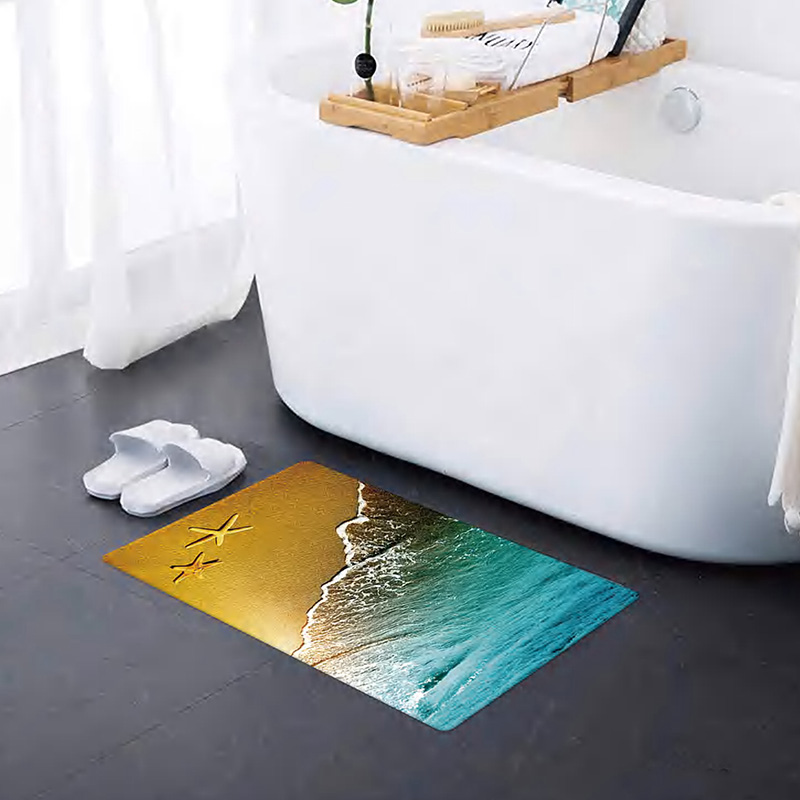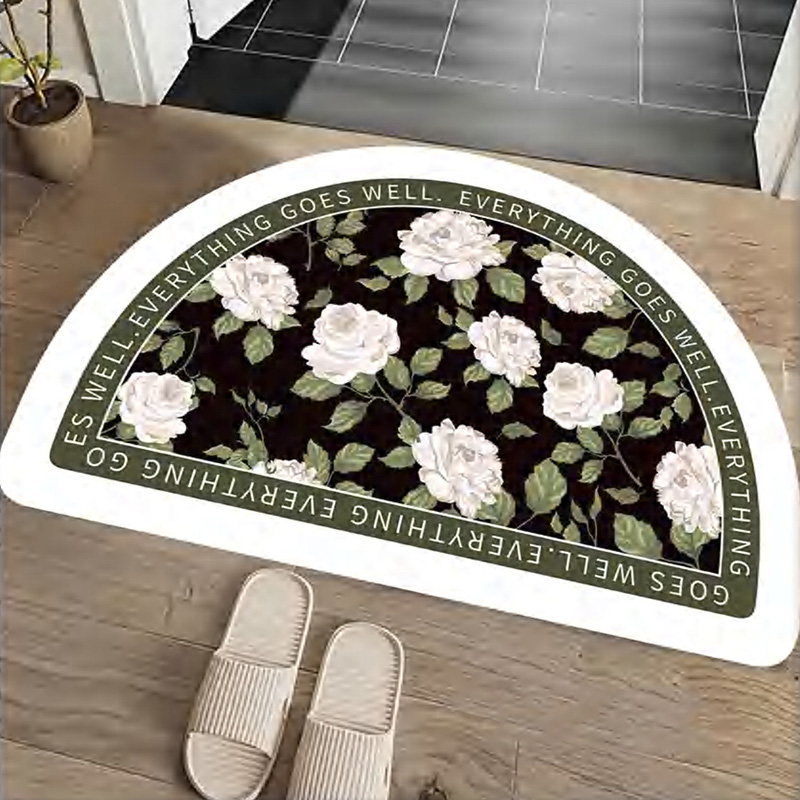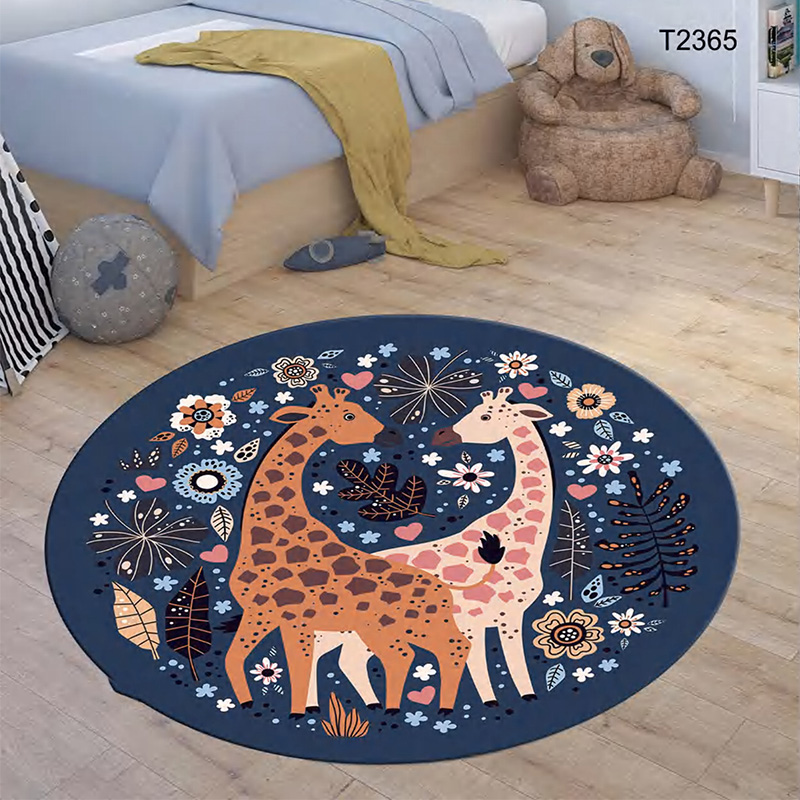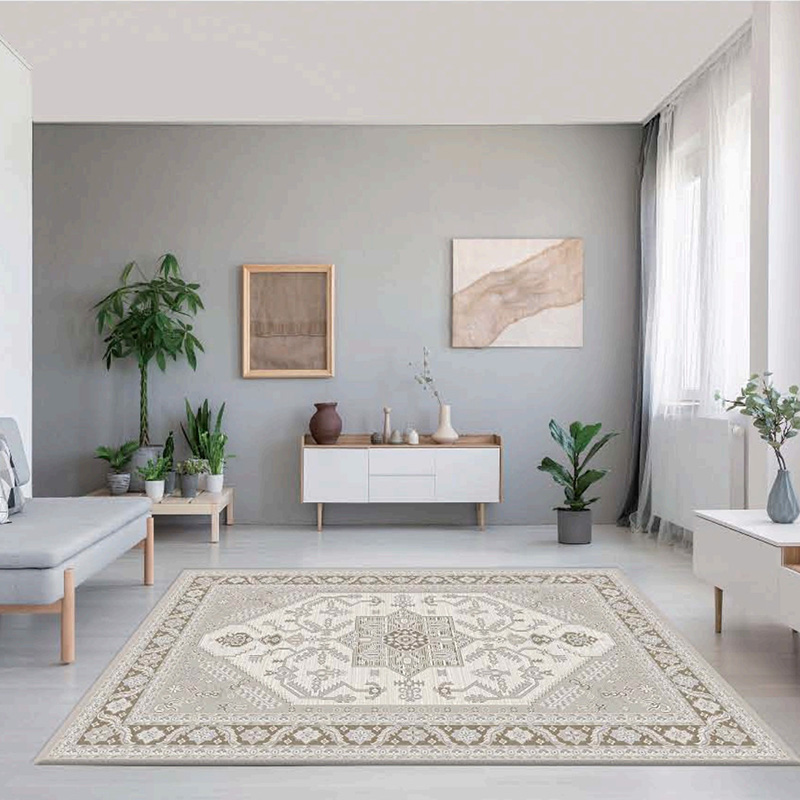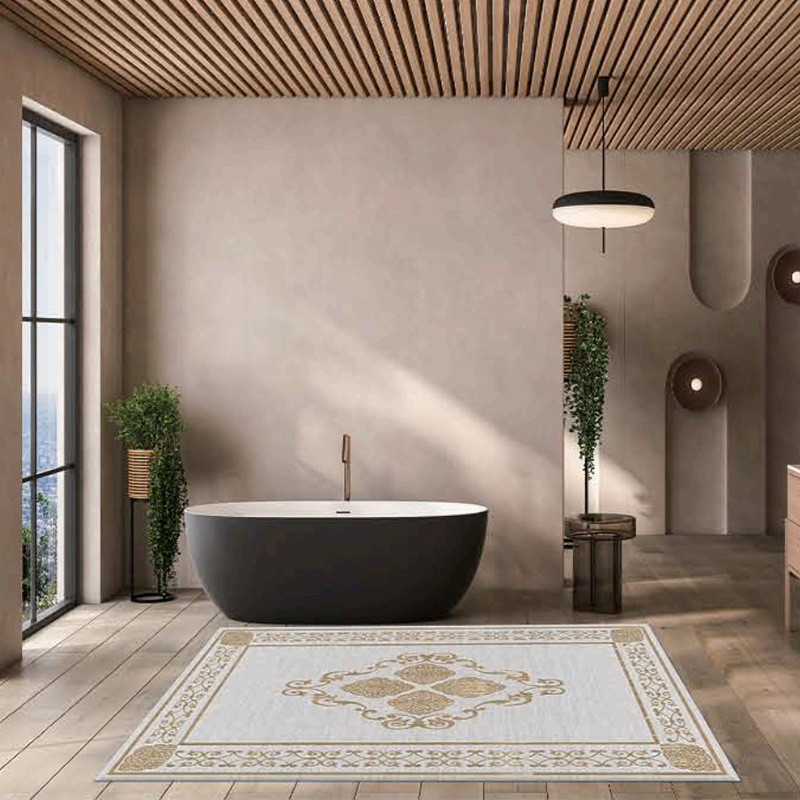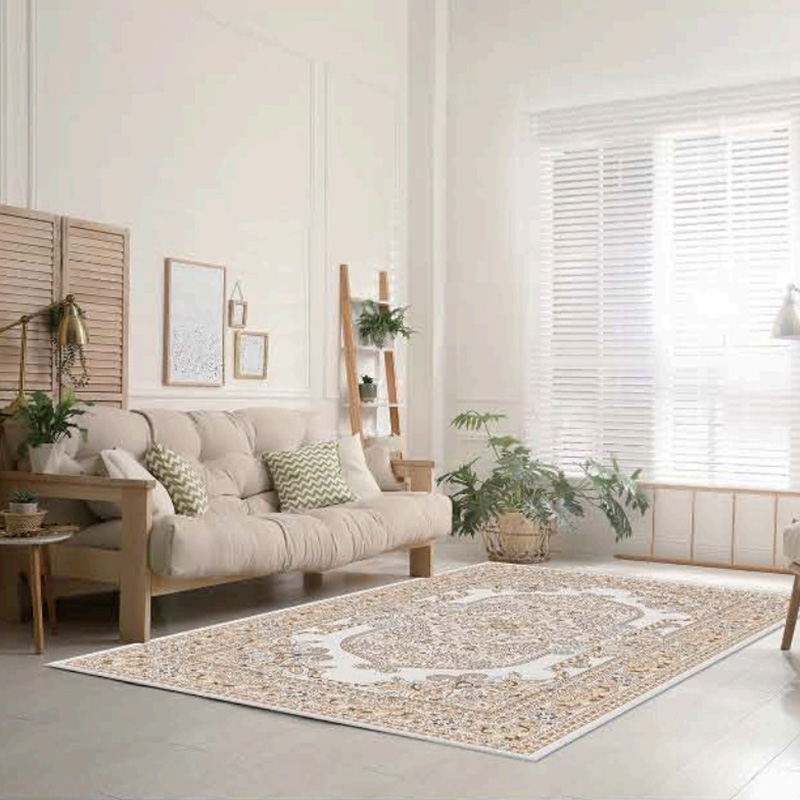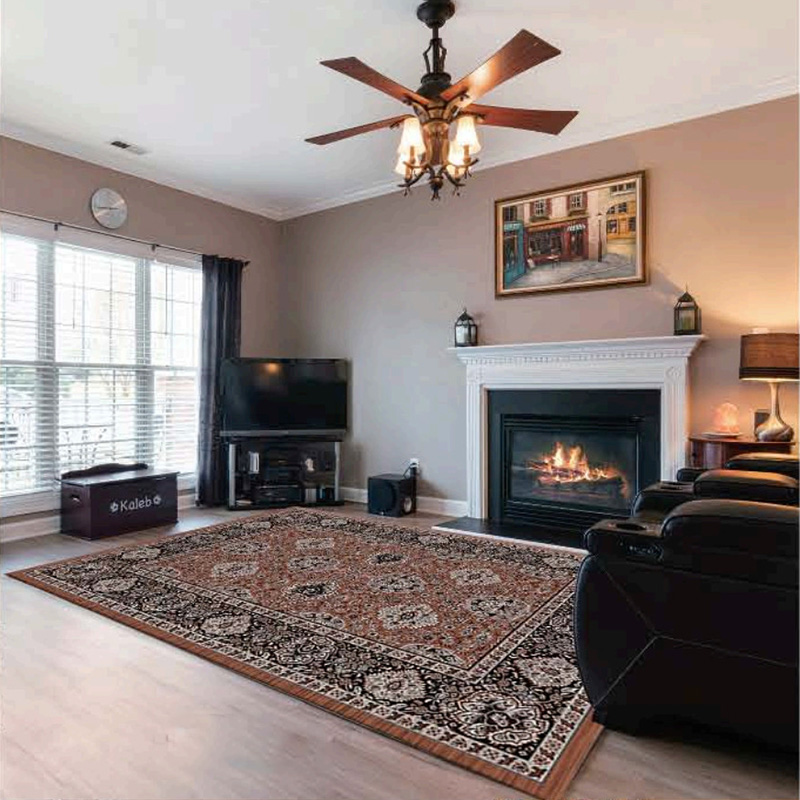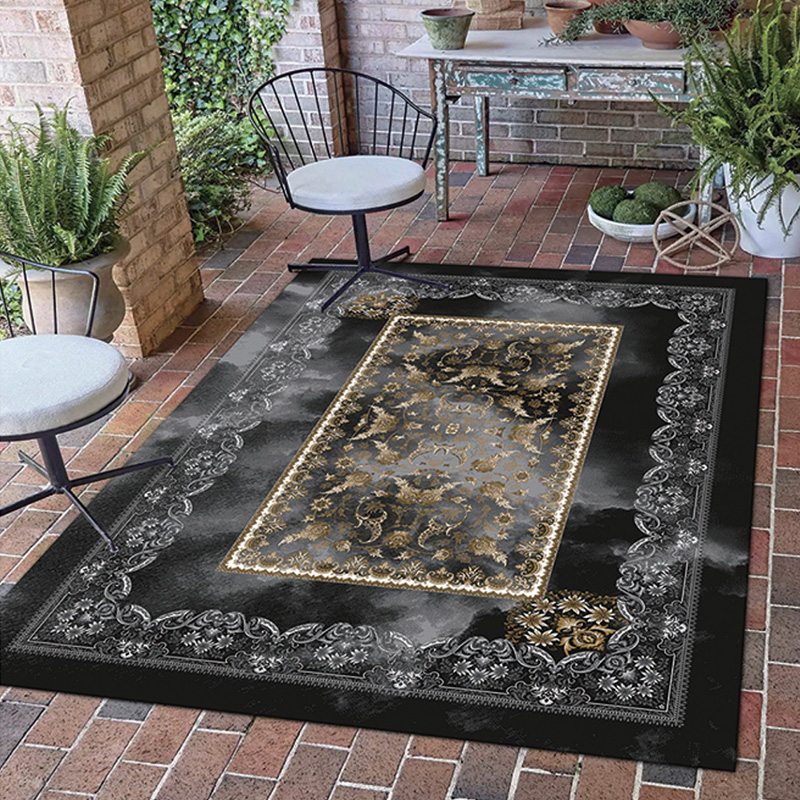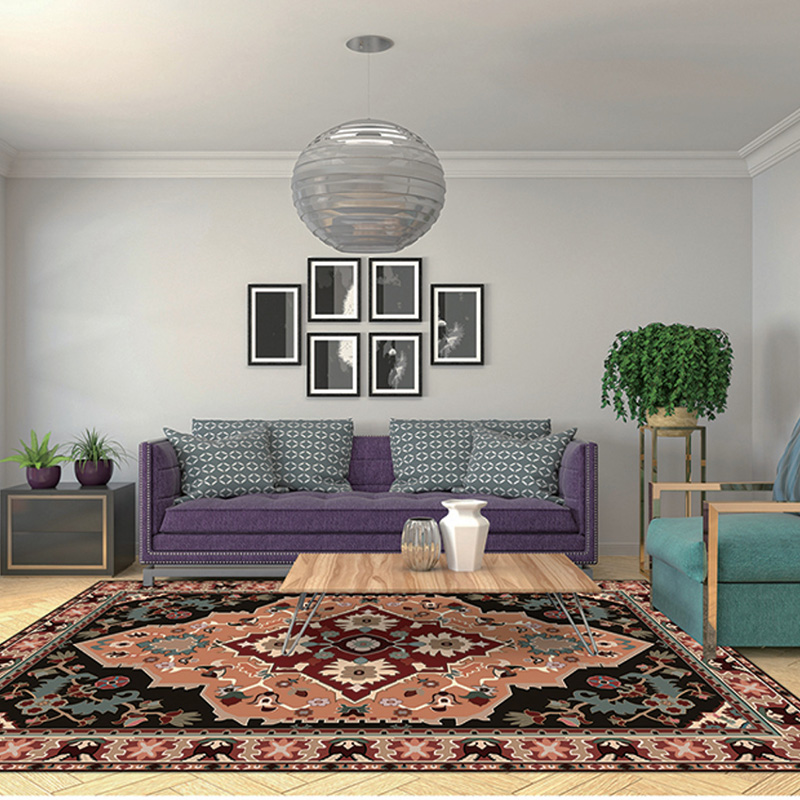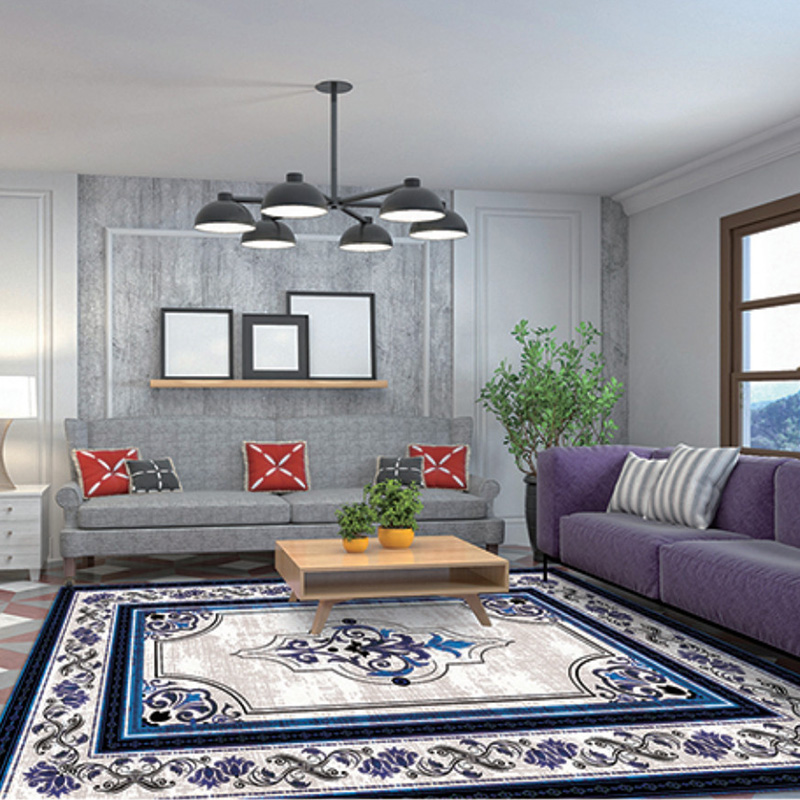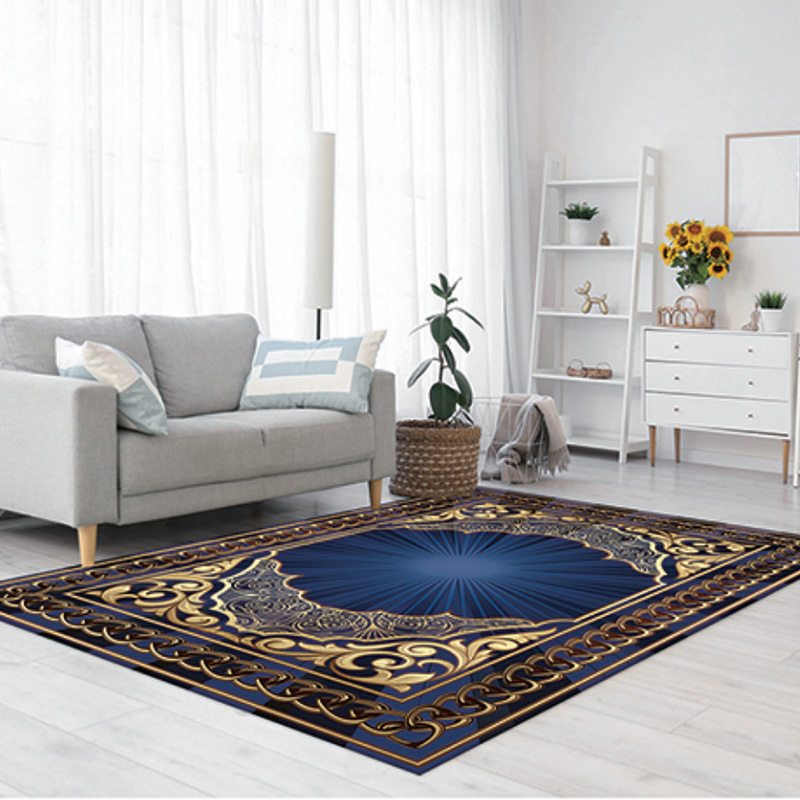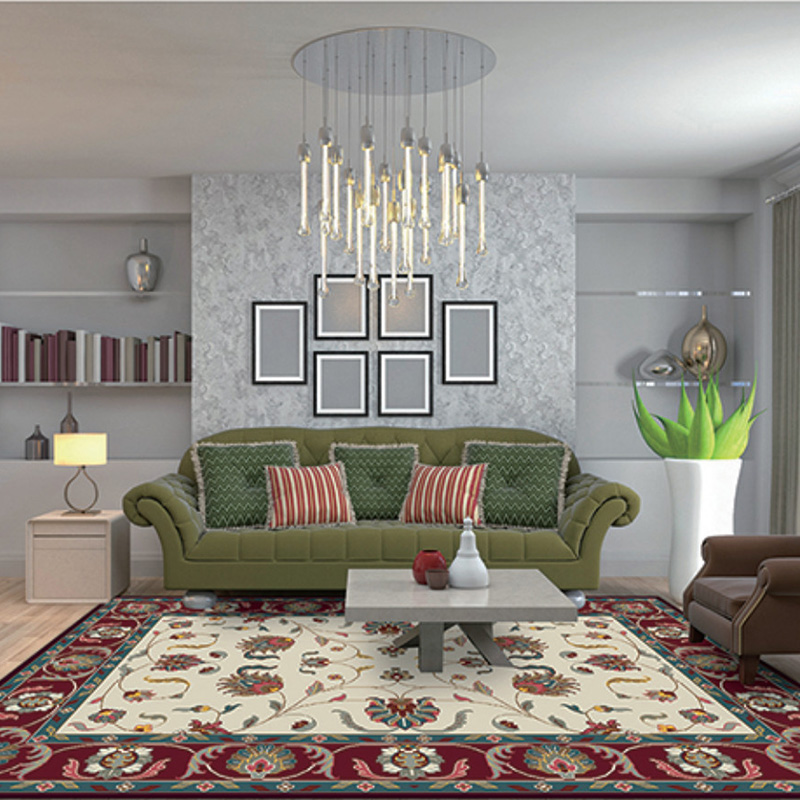As wellness-focused living continues to gain traction among global consumers, Memory Foam Bath Rug Mats are emerging as a must-have in bathroom interiors. These plush, cushioned mats—once considered a luxury—are now becoming mainstream essentials thanks to their ergonomic benefits, stylish versatility, and affordability. The bathroom, once purely utilitarian, is being redefined as a personal sanctuary, and memory foam bath rugs are at the forefront of this transformation.
Industry players, from established home goods manufacturers to innovative DTC (direct-to-consumer) brands, are expanding their product lines to meet surging demand for bathroom accessories that offer both comfort and performance.
From Basic Function to Everyday Luxury
Traditionally, bath mats were simple cotton or microfiber rugs meant to absorb water and prevent slips. Today, Memory Foam Bath Rug Mats provide a far user experience by combining high absorbency with ergonomic support. Constructed with layers of memory foam, these mats gently conform to the shape of the feet, offering a spa-like feeling every time someone steps out of the shower.
This “everyday luxury” has resonated particularly well with consumers emerging from the pandemic with a renewed focus on self-care and home improvement. As people invest in more comfortable, hygienic, and aesthetically pleasing spaces, memory foam mats are replacing conventional options across residential and hospitality sectors.
retailers report that memory foam bath rugs now account for a significant portion of bath mat sales, with customer reviews highlighting pain relief, underfoot softness, and thermal insulation as key advantages.
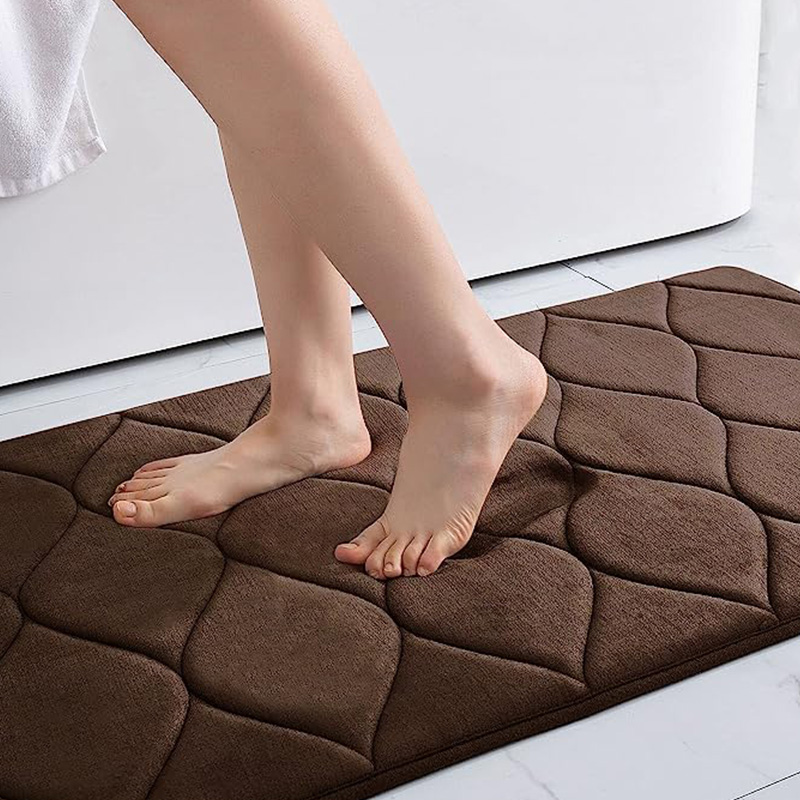
Design Innovation Fuels Market Growth
The rise in popularity of Memory Foam Bath Rug Mats has led to innovation not only in material science but also in design and functionality. Brands are offering mats in a wide range of colors, textures, and patterns to suit every bathroom decor style—from sleek minimalist designs to bold, contemporary prints.
Anti-slip backing technology has also improved, with manufacturers using high-grade PVC or silicone to enhance grip and prevent accidents on wet tile or laminate floors. Moreover, water-wicking microfiber tops ensure quick drying, while antibacterial and mildew-resistant finishes appeal to hygiene-conscious consumers.
Some companies have introduced dual-layer designs that feature a quick-dry top and ultra-dense memory foam base, ensuring both durability and comfort. Others are experimenting with eco-friendly memory foams and recycled materials to cater to the growing market segment focused on sustainability.
E-Commerce and Customization Drive Sales
The surge in online home goods shopping has significantly boosted the visibility of Memory Foam Bath Rug Mats. On platforms like Amazon, Wayfair, and specialized bathware e-stores, thousands of listings with customer reviews, high-resolution images, and lifestyle photos help shoppers make confident decisions.
Many direct-to-consumer brands have taken customization to the next level by offering memory foam bath rugs in multiple sizes, shapes (oval, rectangle, contour), and even personalized embroidery. This flexibility has made them ideal for gift-giving, wedding registries, and self-care bundles—further widening their market reach.
Subscription services and home decor boxes have also begun including memory foam mats in curated bathroom refresh kits, adding to their popularity among millennials and Gen Z consumers focused on value and comfort.
Wellness and Accessibility Applications Expand Market Potential
One of the advantages of Memory Foam Bath Rug Mats is their appeal to individuals with specific comfort needs. Seniors, individuals recovering from surgery, and those with arthritis or joint pain find memory foam mats particularly beneficial, as they reduce impact on feet and knees.
Hospitals, rehabilitation centers, and elder care facilities have started incorporating memory foam rugs into private bathrooms and showers as part of safety and comfort upgrades. In hospitality, hotels and spas are swapping traditional mats for memory foam alternatives to enhance guest experience and align with wellness branding.
This shift indicates a broader industry trend: bathroom accessories are no longer judged by looks alone but by their ability to promote health, safety, and wellbeing.
Sustainability and Smart Technology: The Next Frontier
As environmental awareness increases, many companies are investing in eco-friendly memory foam that uses plant-based oils or recycled materials. Brands committed to reducing their carbon footprint are also opting for sustainable packaging and partnering with textile recycling initiatives.

 英语
英语 阿拉伯语
阿拉伯语 德语
德语
